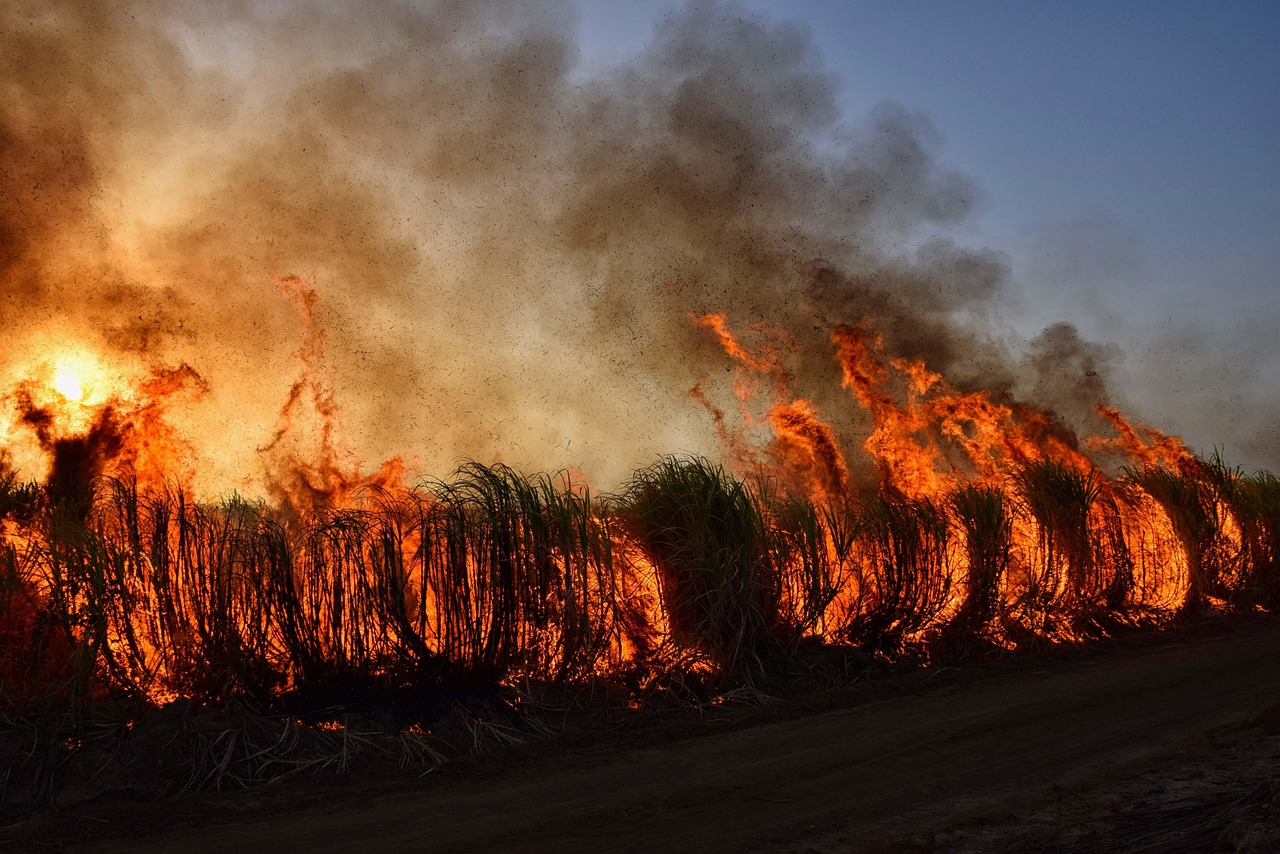Media release
From:
Annual deaths from wildfire smoke projected to increase
Increases in wildfires, linked to projected future climate change, are expected to cause a notable increase in premature deaths, according to two modelling studies published in Nature. In the USA, wildfire smoke could be responsible for approximately 70,000 additional deaths every year by 2050 under a high-emissions scenario, one paper suggests. Globally, the figures may rise to 1.4 million premature deaths annually by the end of the century, the other paper proposes. The findings demonstrate the substantial health burden that wildfire smoke may cause, and highlight the need to identify strategies to mitigate the risk of such fires.
Wildfire activity has increased considerably in recent decades, a trend that has been linked to human-induced climate change. The associated increase in air pollution is likely to worsen human health — specifically, owing to exposure to fine particulate matter with a diameter of 2.5 μm or less (PM2.5).
Minghao Qiu, Marshall Burke and colleagues developed an ensemble of statistical and machine-learning models, trained on observational data of monthly and annual fire emissions from 2001 to 2021, to predict future fire PM2.5 concentrations from wildfires under different climate scenarios across North America. Then, using data on all US recorded deaths between 2006 and 2019, they generated estimates for the effects of exposure to fie smoke PM2.5 on future mortality rates.
Using this modelling approach, the authors predict that PM2.5 from wildfires could result in 71,420 excess deaths per year in the USA by 2050 under a high warming scenario (shared socioeconomic pathway (SSP) 3-7.0). This would represent a 73% increase relative to estimated averages from 2011–2020 smoke. The total cumulative deaths attributable to wildfire PM2.5 are estimated to reach 1.9 million between 2026 and 2055, with California experiencing the largest increases under a high-emissions scenario. This is followed by New York, Washington, Texas and Pennsylvania. The authors estimated the annual excess deaths under a high-emissions scenario may result in annual economic damages of US $608 billion by 2050.
In a separate study, Bo Zheng, Qiang Zhang and colleagues use a machine-learning framework to project wildfire emissions and associated premature deaths globally up to the end of this century. They predict that from 2010–2014 to 2095–2099, global carbon emissions from fires may increase by 23% under intermediate-emissions scenarios (SSP 2-4.5). Their projections indicate that annual premature deaths due wildfire smoke may rise to around 1.40 million annually by 2095–2099, approximately 6 times higher than current rates. Disparities in the expected health burden are evident; Africa is expected to be worst affected (with 11 times more fire-related deaths expected as compared with 2010–2014), whereas Europe and the USA may experience 1–2 times more deaths (both under the intermediate SSP 2-4.5 scenario).
Together, the studies emphasize the need to identify interventions that may work to lower fire risk and reduce the health burden of wildfire smoke.



 Australia; International
Australia; International


